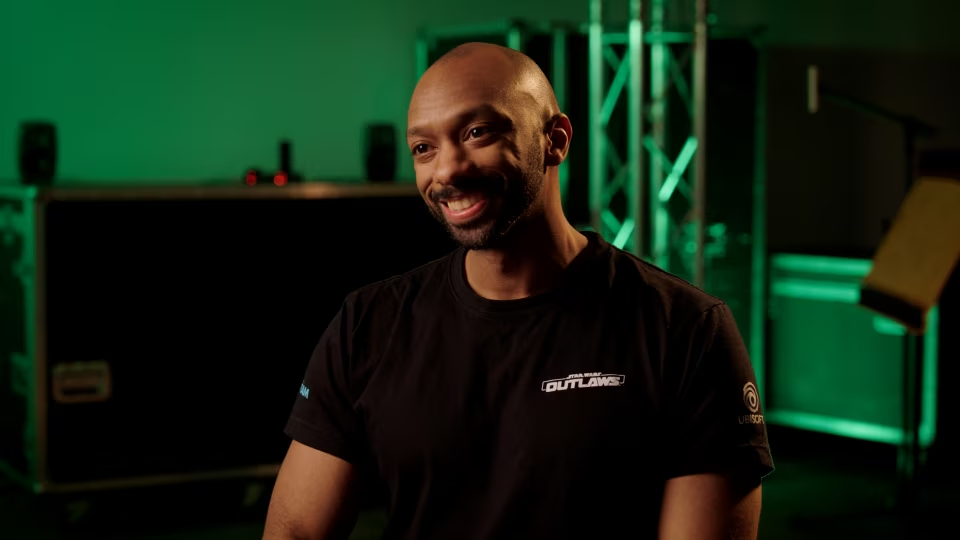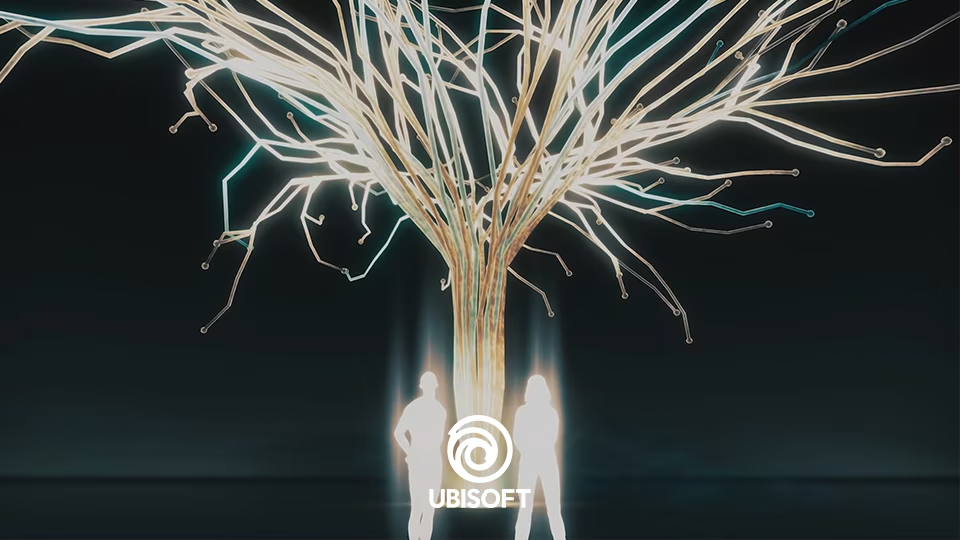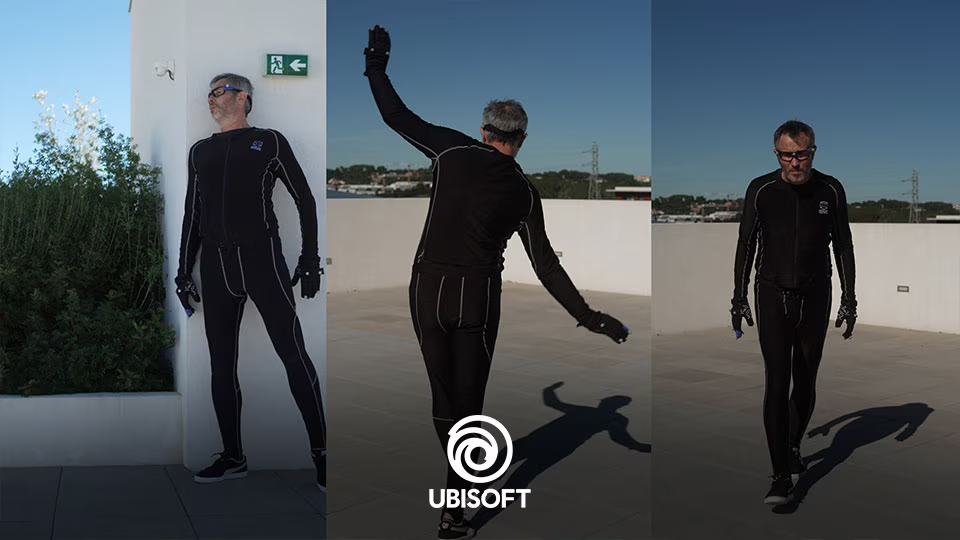Creative Process
How we make games
At Ubisoft, we take pride in encouraging our teams to be as creative and innovative as possible. For us, creating a game isn’t a formula to fill out, it’s an opportunity for our talented teams to experiment, learn, and collaborate with team members from all around the world. Over the course of the development process, teams are encouraged to enrich their initial ideas and follow their inspiration wherever it leads. Exploring new ideas can even help provide development solutions for our other projects, which is why we encourage bold, new ways of thinking and problem solving. In this section, you’ll find a broad outline of our development process to give you a better idea of how we make games; to inspire you and help you understand the different steps needed to create a game.
CREATIVE PROCESS
Start
CONCEPTION
In the Conception phase, the Core Team defines and solidifies their vision for a new IP or new story within an existing IP. The Team can dedicate time and focus to mature their creative vision through developing prototypes and proofs of concept, undergoing deep research and immersing themselves in the world they intend to build.
PRECONCEPTION
The Preconception phase allows teams to remain in an iterative development spiral, to take risks, try and fail, test and refine their vision until it is mature enough to move into the Conception phase.
PROJECT MANDATE
The Project Mandate records the creative vision, objectives and planning for the game in an up-to-date manner, formalizing the alignment between the Dev Team, Studio and HQ, and serving as a point of orientation throughout the game’s development.
DO YOU KNOW?
KICK-OFF MEETING
The Kickoff Meeting is the opportunity for the Dev Team to showcase a mature creative vision and show off their ability to deliver an innovative and fun game which serves as a promising product. The Kickoff Meeting is the conclusion of the Conception phase and the gateway to entering Preproduction. The Dev Team is asked to pitch the game they want to produce, demonstrating how the World, Systems, Gameplay, Characters and Stories interplay and support each other. Alongside showing off a fun, innovative and well-developed game concept, the focus is also on understanding the market potential for the game and planning for the shipping of the final product.
PREPRODUCTION
The Preproduction phase is dedicated to developing and evaluating the tools and processes in order to allow for content development in the upcoming Production phase.
FIRST PLAYABLE & LIVE STRATEGY
The First Playable build should enable team members to test and explore a work‑in-progress draft of the core experience of playing the game. This draft is sufficiently complete and fine-tuned to provide a first impression of the immersive we are aiming to capture at release and for the rest of the lifecycle of the game.
PRODUCTION
The Production phase is the main stage of development: this is when teams produce all assets and source codes for the game, such as modeling, designing, physics, mechanics, rendering, audio, visual effects, motion capture, etc.
ALPHA
During the Alpha stage, developers deliver all Game Features, Systems and Modes which enable players to reach and experience the end state of the game and beyond. The Narrative Systems are put in place and the World map is sufficiently constructed to allow for experiencing a lucid draft of the total gaming experience intended for the final game.
BETA
The Beta build delivers the fully polished game experience. After Beta, all focus can be put on further playtesting, balancing and debugging.
MASTER
The Game receives final approval for content and functionality, before being published and released on the market.
OPERATIONS
Once our games are released, our work is far from over as we enter the Live phase of production. This Operations phase is dedicated to delivering a fun, innovative and engaging post-launch content to our players.






